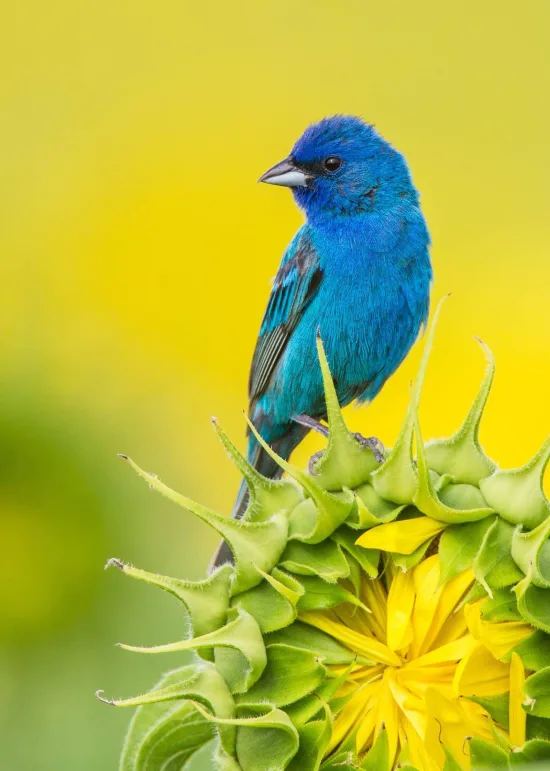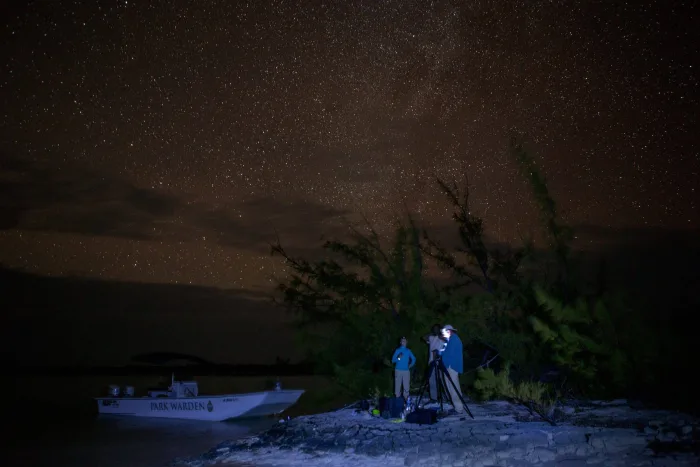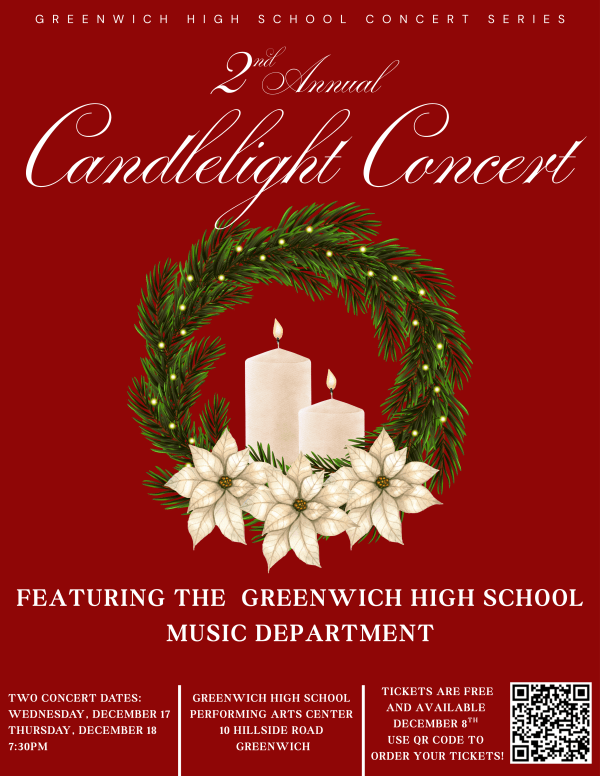By Josey Gardner

In 1888, Vincent Van Gogh wrote a letter to his brother, Theo, and said, “For my part I know nothing with any certainty, but the sight of the stars makes me dream.” It’s hard to imagine, but during Van Gogh’s lifetime, entire swaths of the Milky Way galaxy could be seen in the sky in places like London and New York City. Now, large metropolitan cities such as those are lucky to see a handful of twinkling stars in the night sky. The loss of the night sky over the decades is something not many of us have thought about, but it’s something apparent when we leave an urban area and spend a night in a wilderness area. Where have all the stars gone? And why does it matter?
It’s not necessarily that the stars themselves are disappearing (though that does happen, stars can go out or explode in dramatic supernovas), it’s that our ability to see them has greatly diminished over the years. We’re all too familiar with air pollution, water pollution, and land pollution–but light pollution is something that is often dismissed due to just how prevalent it is. Light pollution occurs when outdoor lighting created by humans alters the already present state of light in the outdoors, or its “natural” state. Essentially, it’s when our man-made light begins to outshine natural light such as stars, and makes the world around us brighter than it would have been otherwise. Our ability to create large amounts of light pollution increased with the invention of the light bulb and other technological developments, and now the amount of light pollution caused by dense urban areas can nearly wipe out the sight of the stars entirely in those areas.
Stars are beautiful to look at, and losing the sight of them when humans have been gazing at them for millennia, is devastating. But they’re more than just pretty twinkling lights in the sky. Humans still rely on them for navigational purposes in some fields, and humans aren’t the only ones. There are many different theories concerning how birds migrate and how they know what direction to go–one of these theories involves using stars for navigation.
In 1967, a scientist at Cornell named Stephen Emlen used a closed off planetarium and a group of young Indigo Buntings that he raised in different conditions to test if birds could navigate using the stars. One group of birds was raised in a windowless room, never exposed to a light source. One group was never exposed to the sun, but was raised under a consistent simulation of the night sky in the planetarium, with the North Star as a focal point. The last group was raised under an alternating routine of a windowless room, and a night sky simulation.
When it was time for the annual fall migration of birds in the wild, the young Indigo Buntings were released into a special room in the planetarium that mimicked the orientation of the current night sky. The first group of birds raised in a windowless room with no stars flew in random directions, unable to discern star patterns, north from south, and east from west. The second group, raised under a consistent night sky, was able to orient around the North Star and began flying south, as their normal migration pattern dictated. The third group, raised partially under a night sky and partially under a windowless room, was also able to orient themselves around star patterns and fly south. This research suggested that birds learn rotational star patterns as they observe them, and use them as just one way to determine direction when migrating.
When we lose sight of the stars, so much is at risk–our own culture, and the wellbeing of other animals that rely on them to live their normal lives. So what can we do? Greenwich has already begun tackling the problem with the creation of the Lights Out Greenwich initiative. Lights Out Greenwich has helped put into effect municipal regulations for outdoor lighting to control light pollution in the area, such as fully shielded outdoor lights that help angle light downwards rather than upwards, and “curfews” for lights that determine when light will be shut off or dimmed at night. Lights Out Greenwich has several resources that locals of Greenwich can refer to when learning how to reduce their individual light pollution footprint. Reducing that footprint is something individuals and cities should strive for–the stars are something we have loved and looked to for the entirety of human history. When gazed upon, whether in 1880 or 2025, the sight of stars is still worth protecting.
Josey Gardner is the Sr. Center Assistant at the Greenwich Audubon Center and an outdoor enthusiast. She has worked in various outdoor fields, from nonprofit conservation to parks and recreation.





